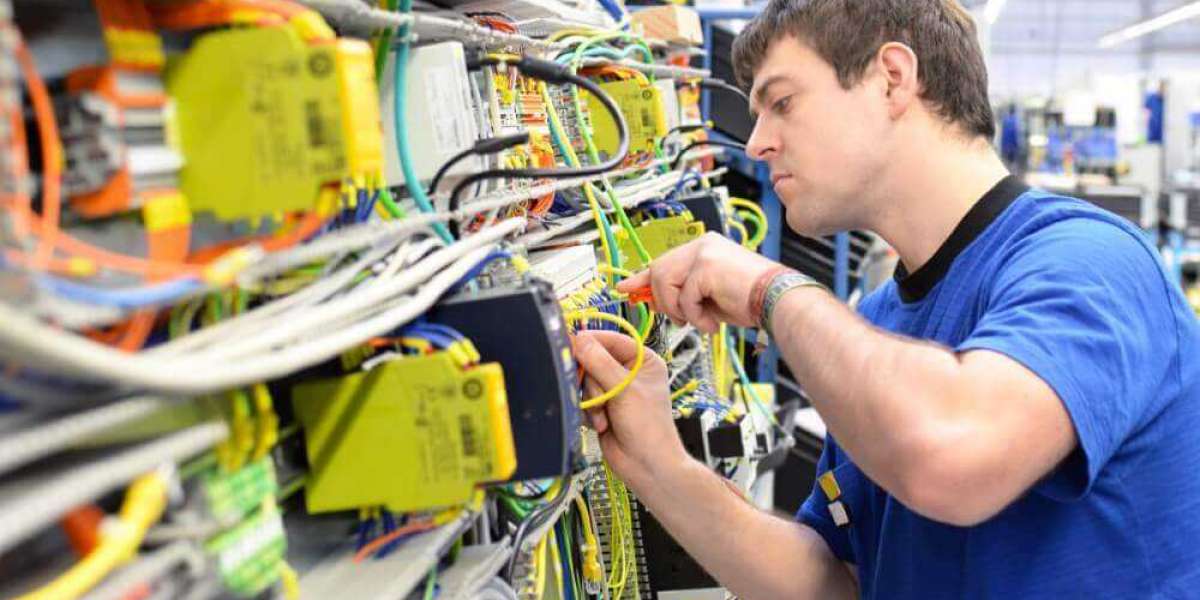In today's technologically advanced world, electromechanical component devices play a pivotal role in bridging the gap between electrical and mechanical systems. These devices seamlessly integrate electrical and mechanical functionalities, enabling the creation of innovative solutions across a wide range of industries. This article aims to delve into the evolution of electromechanical component devices and explore their diverse applications.
Evolution of Electromechanical Component Devices
- Early Beginnings:
The roots of electromechanical component devices can be traced back to the early 19th century when the first electric motor was invented by Michael Faraday. This milestone discovery laid the foundation for the development of various electromechanical devices.
- Advancements in Relays:
Relays were among the earliest electromechanical devices that gained widespread use. Initially utilized in telegraph systems, relays found their applications in numerous industries, including automation, telecommunications, and power distribution. Over time, technological advancements led to the miniaturization of relays and the development of solid-state alternatives.
- Introduction of Solenoids:
The invention of solenoids further expanded the realm of electromechanical devices. Solenoids, which convert electrical energy into linear motion, became an integral part of various applications, such as automotive systems, industrial machinery, and medical devices. Their versatility and reliability have made them indispensable in countless scenarios.
- Emergence of Motors and Actuators:
The evolution of electromechanical component devices reached new heights with the invention of motors and actuators. Electric motors revolutionized industries like transportation, manufacturing, and robotics, powering everything from electric vehicles to heavy machinery. Actuators, on the other hand, provided precise control over mechanical systems, finding applications in areas such as robotics, aerospace, and HVAC systems.
Applications of Electromechanical Component Devices
- Automation and Robotics:
Electromechanical component devices are the backbone of automation and robotics. From robotic arms on assembly lines to autonomous vehicles, these devices provide the necessary motion control, precision, and feedback mechanisms. They enable machines to perform complex tasks with speed and accuracy, enhancing efficiency and productivity in industries.
- Consumer Electronics:
In the realm of consumer electronics, electromechanical devices find applications in smartphones, gaming consoles, and home appliances. Vibrating motors in mobile phones provide haptic feedback, while electromechanical switches control power flow in various devices. The seamless integration of electrical and mechanical functionalities enhances user experience and device performance.
- Medical Devices:
The healthcare industry heavily relies on electromechanical component devices. Medical equipment such as MRI machines, ventilators, and surgical robots employ electromechanical actuators and motors to deliver precise movements and control. These devices ensure accurate diagnoses, effective treatments, and improved patient care.
- Automotive Systems:
Electromechanical devices are instrumental in modern automotive systems. Electric motors power electric and hybrid vehicles, while actuators control functions like steering, braking, and suspension systems. Additionally, relays and solenoids play crucial roles in ignition systems, lighting, and engine management.
- Aerospace and Defense:
The aerospace and defense sectors benefit significantly from electromechanical component devices. They are used in flight control systems, landing gear mechanisms, missile guidance systems, and satellite deployment mechanisms. These devices withstand extreme conditions, ensuring reliable and precise operation in critical aerospace and defense applications.
Conclusion:
Electromechanical component devices have come a long way since their inception. From humble beginnings as relays to complex motors and actuators, these devices have revolutionized various industries. With ongoing advancements in materials, control systems, and miniaturization, the future holds exciting prospects for electromechanical devices. As technology progresses, we can expect even more innovative applications and enhanced integration between electrical and mechanical systems, ultimately leading to a more interconnected and automated world.








